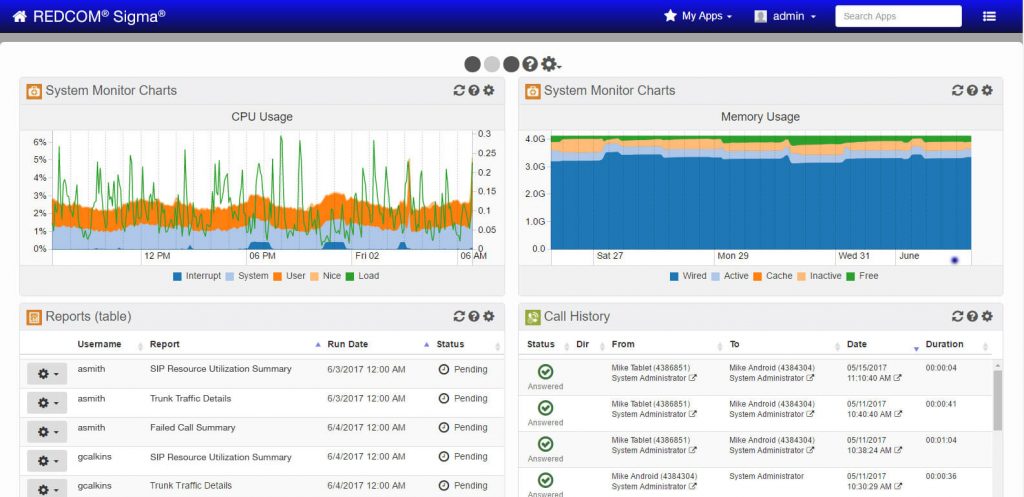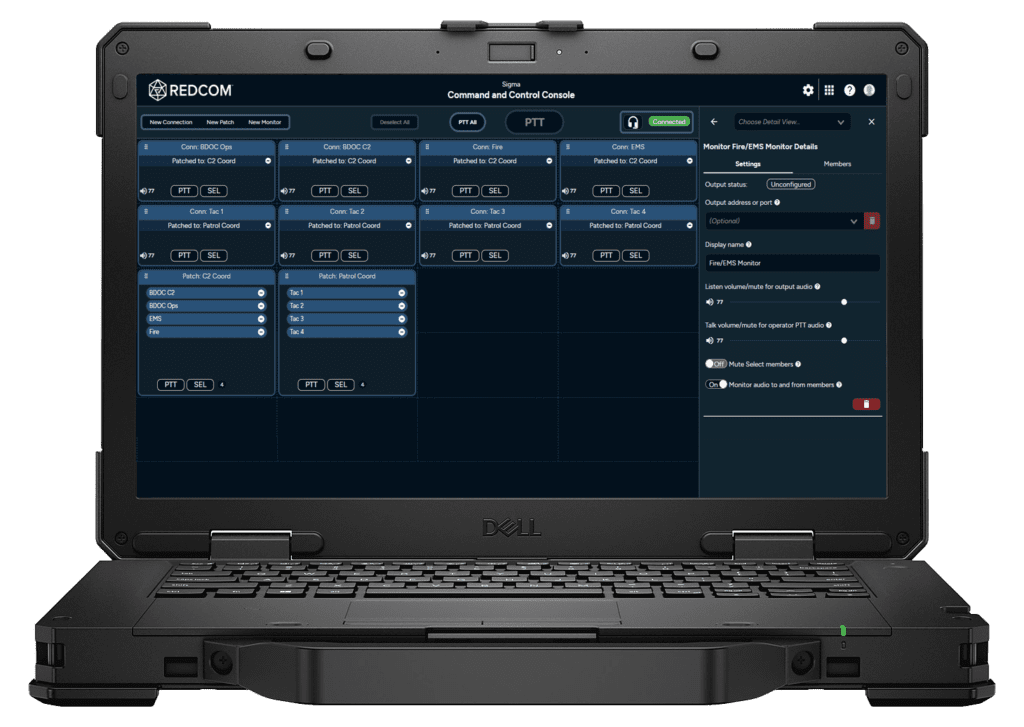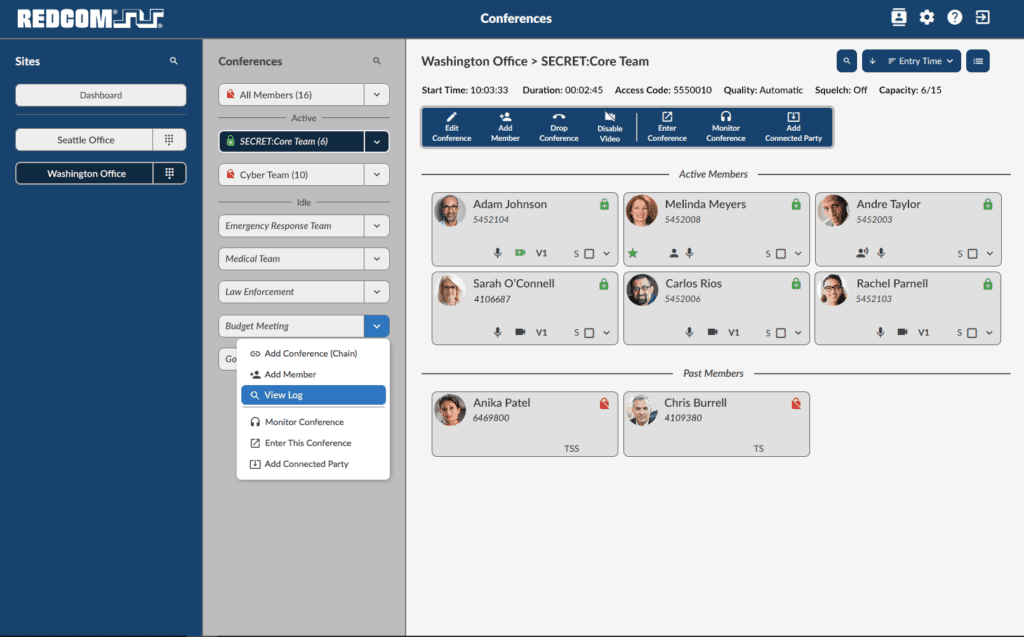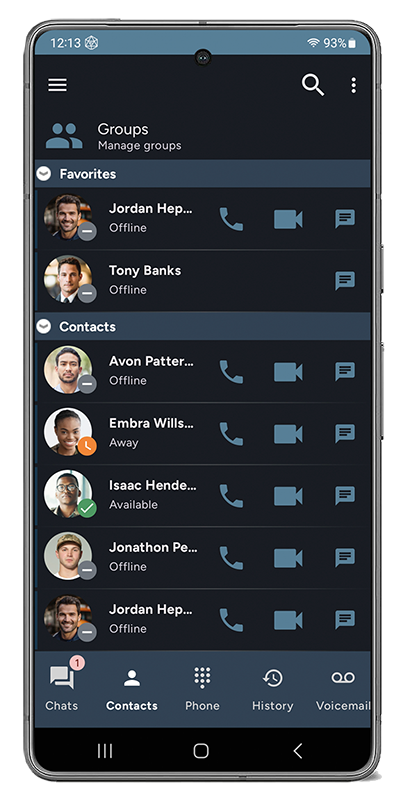Lately, there has been a lot of talk in the media about User Experience Design (commonly called ‘UX Design’, ‘Human Centered Design’, or simply just ‘UX’) when it comes to the design of products. This is true of both physical goods like telephones or cars and digital interfaces like websites and software. So, you may find yourself asking, “what exactly is UX, and why is someone’s ‘experience’ important?”
UX Background and Basics
First, let’s understand a little history to get you caught up to where we are now. In the 1970s and 1980s, Psychology Professor Don Norman realized that objects in our everyday lives provide us with clear clues and signals for how they are intended to be used. For example, a teapot has a handle, a lid, and a spout. Each of these gives the user clear clues about how the pot is to be held, how it is to be filled with water, and where the water should exit the teapot.
Have you ever tried pulling on a door only to discover that you needed to push instead? Or perhaps you have a light switch that was installed upside down so that in order to turn it ‘on’ you need to flip it down? Maybe you’ve traveled to another country and became confused looking for the light switch (hint: in America, it’s inside the room, and in other countries, they’re often outside of the room). We often pass these off as quirky or even recognize them as just cultural differences.
But Don Norman noticed that even simple objects like door handles, water faucets, and light switches often give us the wrong clues and signals for their use. In 1988, Norman went on to write about these exact type of doors (as well as lots of other objects) in one of the most influential design books of the 20th Century called ‘The Design of Everyday Things.’ Norman’s design philosophy became so widespread that he eventually went on to become a design executive at Apple Computer where he helped create a design culture where practical human factors influenced some of the most celebrated product designs ever: the iMac, the iPod, and the iPhone.
Design is Problem Solving
One of the common misnomers about design is that its purpose is to make things ‘pretty’. As an adjunct professor of design at Rochester Institute of Technology, I often tell my students, “if your work doesn’t solve the intended problem or reveal the nature of the problem, you are not designing, you are only decorating.” In fact, the largest criteria of my grading systems always revolve around the question, “does the design solve the problem?” To me, good engineering and good design are two sides of the same coin. They attack the same problem, just in different ways.
REDCOM Engineering and UX
REDCOM’s Engineering and Customer Service teams are well known for producing secure communication products like the HDX and SLICE. Both teams are always seeking ways to improve quantifiable metrics like security, performance, interconnection, efficiencies, and cost, as well as reducing redundancies.
While REDCOM’s Engineering teams handle the technical details to build products trusted to handle the world’s most secure communications, REDCOM’s UX Design looks at the larger picture using Don Norman’s human-centered approach to push the design further and always keep the end user in mind.
Day-To-Day UX at REDCOM
In my day-to-day work at REDCOM as a UX Designer, I am regularly interviewing users, meeting customers, getting feedback from our Customer Support Team, running tests on UI designs and workflows, and working with the Engineering teams on improvements for our products like Secure Conferencing, Sigma, and REDCOM Secure Client.
Using a process known as ‘Contextual Inquiry,’ we regularly work with our users to see how they use our products. As users navigate the interface and perform tasks, we have users explain their thought process of why they are handling tasks in specific ways. These users often talk in a stream of consciousness and say things like, “OK. So now I need to add a participant to this conference, so I’ll do a search up here for them…” During this time, we ask them for clarification about what they are doing, and most importantly: why.
For example:
- Is there a reason why tasks should be completed in a specific order? Why?
- Did you expect to handle this task differently? How?
- Is this where you would expect to handle this task? If not, where?
- After you complete this task, what task would you do next? Why?
- Does this task affect other parts of the system or other people? What or Who?
- Are there other related tasks you would expect to do from this particular screen? Tell me more.
With this knowledge, UX then works with the Engineering, Customer Service, and Sales teams to review the findings, reassess the interface workflows, test assumptions, discuss user feedback (good and bad), discuss ideas generated by our users, and find opportunities for improvement. It’s a constantly iterative process of research, design, implementation, and testing. We then rinse and repeat, over and over again, until we get it right.
Doing this kind of work can be both exhilarating and extremely humbling. It’s wonderful to meet with users and hear them say that they like new improvements. It also takes a very strong stomach to listen to users give honest feedback and point out where improvements are needed or the product doesn’t work the way they expected.
Our users and customers are usually very surprised that REDCOM has staff dedicated to just improving the user experience. It really speaks volumes to the way we do business and the care we have for our customers.
I enjoy being a part of the teams that deliver critical solutions to our customers, and I’ve had the privilege of meeting and talking with a number of our end users from the military, government, and EMS sectors. The more I can understand the challenges and difficulties you face in your jobs, the better I can advocate for improvements that will directly benefit you and your teams.
So, if you’re a REDCOM user or customer and have an idea, I’m all ears!
Jim Parrillo is a User Experience Specialist with REDCOM Laboratories and also teaches courses in the College of Art and Design at Rochester Institute of Technology including User Experience Design, Interface Design, Interaction Design, and Motion Design.











